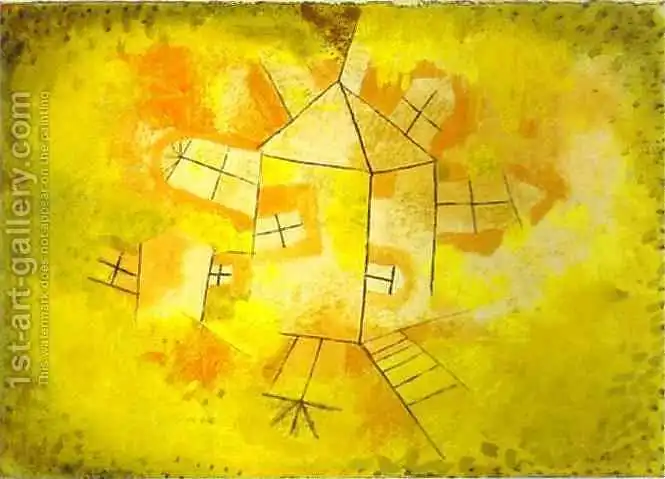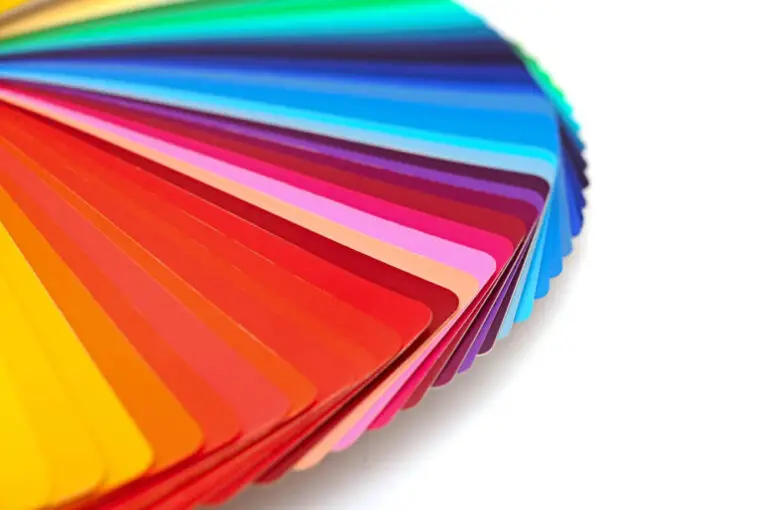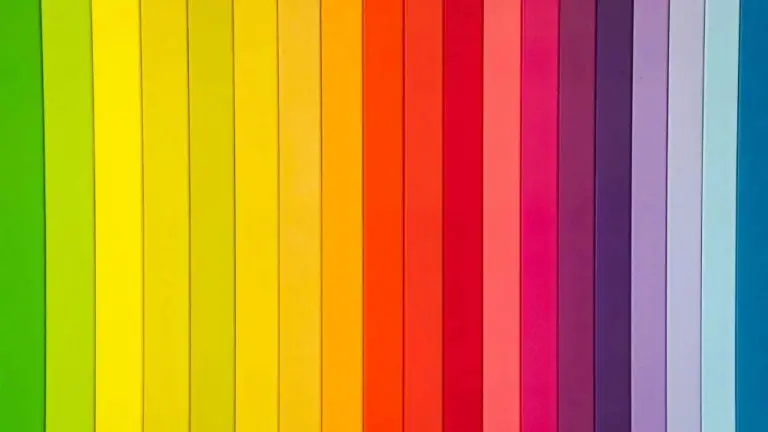In Art, What is Tint, Shade & Tone? (Variables That Affect Color)
In art, there are many ways to mix tint, shade and tone to create the final colors used in an art piece. As an artist, it’s important to understand these terms in order to have full control over the color palette of your work. So let’s take a closer look at Tint, Shade, and Tone in art. We’ll find out exactly what these terms mean, and how to use them when creating a new piece of art.
Tint, shade, and tone are ways to change the saturation, also called colorfulness, of a pure color, known as a hue. A tint is when an artist lightens a color by adding white. A shade is when the artist adds black to a color to make it darker. And a tone is when grey is added, making it more dull.
Tints, shades, and tones will affect saturation and color values in different ways too, and it is crucial to creating various effects and depth in an art piece. I’ll break each one of these down further, and then give some examples of each.
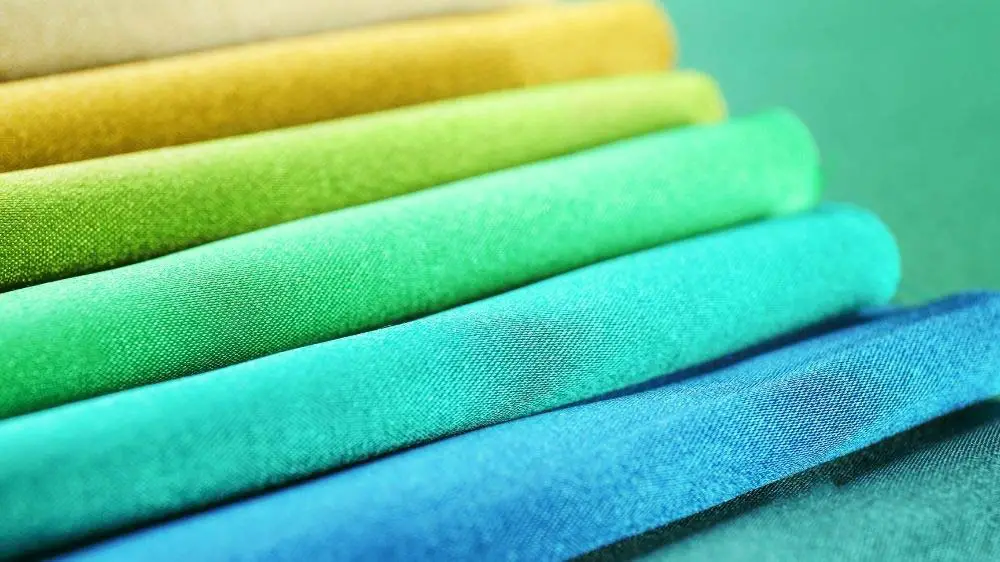
(This article may contain affiliate links and I may earn a commission if you make a purchase)
Tints, Shades, and Tones with Examples
I have listed some examples below to understand tints, shades, and tones better:
- A tint has a lighter saturation than the original color, and this is because the hue/color has some white mixed into it. Pink is a tint of red, for example. And pastel colors are usually considered to be tints because they are soft and subtle. This mix of color is what tint means in art; however, you have probably heard the term in other contexts, too, like tinted windows, for example. This generalized meaning refers to any lighter or darker color variation.
- A shade has a darker saturation than the original hue because the color is mixed with some black. The more black that is mixed in, the darker it gets. Maroon is a shade of red, for example. And navy is a shade of blue. The word shade has also been generalized to include any other variation of color. This is very confusing because people can call tints and tones for a shade too. But the actual term shade does only mean the mix of a hue with black in art. So, let’s remember that.
- A tone has a duller saturation because the hue (the pure color) has been mixed with gray. The hue has been “toned down,” so to say. This is the color we see in our world the most daily. However, the tone has a different meaning in graphic art, where tone refers to areas with the same color as opposed to linear marks. But in technical art terms, a tone refers to a hue with mixed with gray.
What is Hue, Saturation, and Value in Art?
Colors have three defining qualities that describe them: the hue, the saturation, and the value.
- The first defining quality is the hue. It is the true color that you find on the color wheel. In painting, a hue is a pure pigment.
- The second is saturation. Saturation describes the intensity or the vividness of the color. Chroma, purity, and richness are other words describing the term saturation. Saturation can be changed by adding white, black, or gray to the color as described above.
- And third, the value describes the lightness and darkness of a color. A color with high value is very light, and a color with low value is dark. The value of the color will also be affected when creating tints, shades, and tones, as I will describe in the next section.
So, when creating tints, shades, and tones, you can describe the difference between them and the original color with saturation and value.
Methods to Brighten or Darken a Color in Art
You have probably learned by now that color theory can be very complex. When mixing white with a hue, it not only affects the saturation but also the value. When adding white, black, or gray, the appearance of the color will change and shift the hue. When mixing color combinations of reds and oranges with white, the color can shift more towards the blue spectrum, for example. And trying to darken a color by adding black can cause yellows, reds, and oranges to shift toward the more greenish and bluish part of the spectrum.
So, to keep the brightness/saturation of color/hue but to change the lightness/value of it, you want to use the following methods:
- When darkening a color, you need to use the complementary color or opposite color. Let’s say that you want to darken a red. By adding a darker blue to it, just a little bit, would make your red darker. This is a very generalized explanation of how it works, so you will have to experiment until you get the exact color you want.
- When brightening a pure hue, you want to use a little of the neighboring, lighter color together with the tint. For example, in a mixture of red and white, you can add a little orange to bring the hue back to where you want it.
Why Are Tints, Shades, and Tones So Important in Art?
Tints, shades, and tones are ways to create a wide range of effects in your art.
- It will create an illusion of form. By having different tints, shades, and tones of the same color or different colors, you can make the illusion of light hitting an object in different ways. You can create shadows and highlights, which give two-dimensional artworks an illustrated form.
- You can create an atmosphere with lighter or darker colors. Using only tints can give an art piece a very soft feeling with a lot of sunlight. Using only shades will make art seem more mystical and illustrated in the night.
- Contrast is created by having tints and shades next to each other. A slight difference between the lightest tint and the darkest tone will end in a small amount of contrast. The more significant the difference, the higher the contrast.
- Use tints, shades, and tones to create depth and distance. Progressively changing the value and saturation of the color will give the illusion of light hitting objects closer or farther away from the viewer. You will create a foreground and a background, for example.
- To create focus and draw attention to an area of the art piece. Light areas surrounded by dark colors will bring the viewers’ attention to that area. And dark objects can stand out if surrounded by lighter colors.
What is Monochromatic Art?
Some artists use this knowledge to paint in a monochromatic color scheme. Monochromatic art is when the artists only use tints, shades, and tones from one single color. These kinds of paintings have been important throughout the 20th century and into the 21st century in the avant-garde. It has been shown to be a method used in contemporary art, the art of today.
This technique of only using one color but in different saturation and value was initiated by Paul Bilhaud when he exhibited his painting Combat de Nègres dans un tunnel in 1882 in Paris. It is a painting using just black to illustrate a framed all-black painting with the title under it. Others followed with the same concept using different colors.
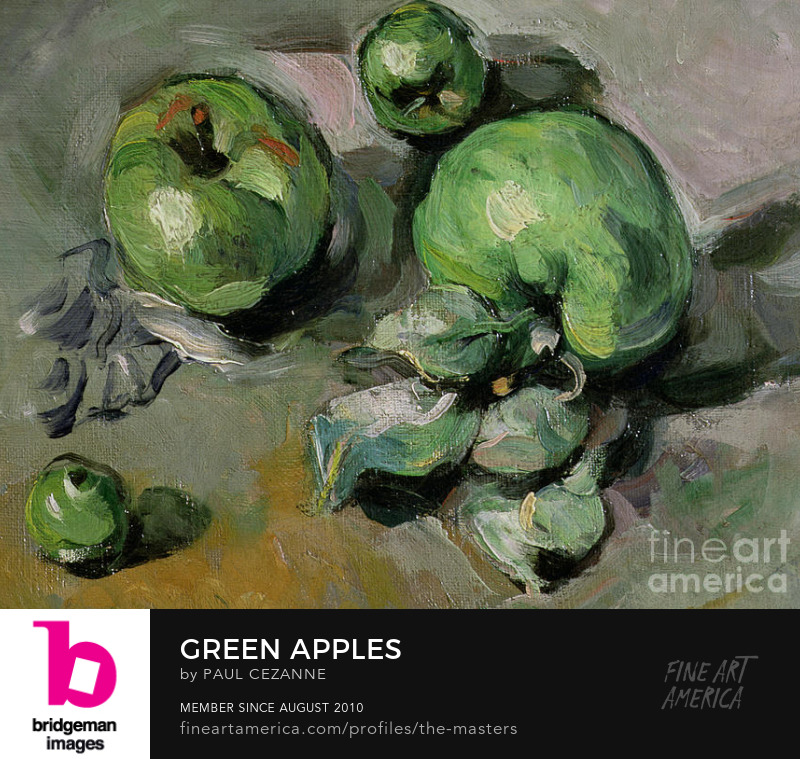
Paul Cezanne’s Still Life with Green Apples from 1873 another great example of using next to completely monochromatic tints, shades, and tones of green. There are vibrant green apples on a dark green background showing just what you can do using this monochromatic technique.
Conclusion
A color mixed with white is a tint, a color mixed with black is a shade, and a color mixed with gray is a tone. It is tricky to use these art terms in a world that has generalized them and given them new meanings. However, knowing what they really mean in art can help you seem more educated and use them better in your work.
Mixing these colors into tints, shades, and tones will change saturation and value. The saturation describes the vividness of the color and the value of how light or dark the color is.
Tints, shades, and tones are used to illustrate form, contrast, focus, depth, and distance and give the piece a particular atmosphere. These effects are well observed in monochromatic art, where only tints, shades, and tones of a single color are used.
More From Artistry Found:
- What Art Medium Sells The Most? (A Practical Guide)
- Artists vs Scientists (Similarities & Differences)
- How Artists See The World (A Different Vision)
- Which Colors Are Used Most in Art? (You May Be Surprised!)
References:
https://en.wikipedia.org/wiki/Monochrome_painting
https://medium.theuxblog.com/basics-of-color-theory-83abc55ce94b

